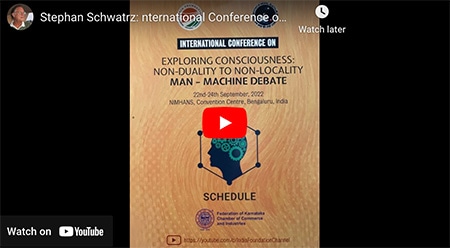Susanne Torriente remembers waking up on Thanksgiving morning in 2012 and discovering that four blocks of Florida’s main coastal highway had washed away overnight.
Tropical Storm Sandy, before it turned into a superstorm and traveled up the East Coast, was the immediate culprit, as were the smaller storms that hit South Florida in the following weeks. But none of those storms had been major, not by Florida standards. Instead, it was high tide combined with sea level rise that had washed significant amounts of sand away from the beach and wiped out State Road A1A alongside it.
For Torriente, Assistant City Manager of Fort Lauderdale, the destruction caused by the combination of storms and high tide was proof that the city needed to do something different.
We can’t just replace things the way they were – we have to take into consideration what we know now, and design things for the future.
‘This is because of what we know now. We can’t just replace things the way they were – we have to take into consideration what we know now, and design things for the future,” Torriente said.
State Road A1A was repaired to better withstand increased flooding, an attention to the impacts of […]









